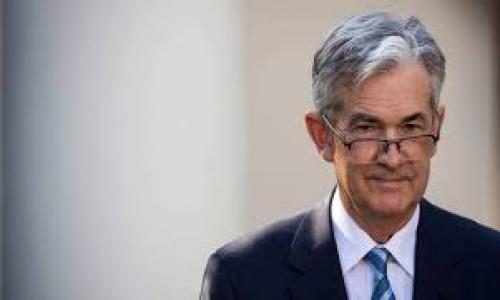The Federal Reserve concluded its 2-day March meeting today with no change in the Fed funds.
The median forecast is for no change in interest rates through 2023 with 4 Fed officials seeing rate hikes in 2022 (up from 1 previously), and 7 Fed officials seeing them in 2023 (up from 3 previously).
It is surprising that the Federal Reserve members remain so dovish with so few hawkish members wanting to move interest rates to address inflation, which it now predicts will be above 2.40% in 2021, before dipping slightly below 2.00% in early 2022 and again rising to a level which is moderately and sustainably above 2%.
The Fed’s new policy, first articulated in December, of moving away from its dual mandate and decoupling short-term interest rates from inflation, is forcing people into high-risk investments in order to maintain the purchasing power of their savings. Earning a fully taxable 0.40% or 0.50% on your deposit accounts will lead to a diminution in your real value when measurable inflation is much higher.
The Federal Reserve continues to be concerned with downside risks to GDP and labor markets by COVID-19. Chairman Powell is also clearly concerned above virus variants and does not want to take his foot off of the accelerator when it comes to market accommodation and Federal Reserve interventions until we are well clear of the virus. The Fed therefore is prepared to let the market run hot. While this policy may be appropriate in order to assure the economy gets through the COVID-19 era without economic scaring, it is also pushing capital towards equity valuations that make little sense, and products like bitcoin and non-fungible tokens (NFTs) that make even less. Even those who know to be cautious when they hear the mantra “this time is different” are having a difficult time resisting the temptation to jump into frenzies in order to maintain the real value of their assets..
While it isn’t a good time to be a saver, it isn’t a great time to be a bond investor either. A lot of people are getting excited about the steepening of the yield curve with the 10-year US Treasury yields at 1.68% and the 30-year US Treasury yields at 2.44%. I think that these rates should not be bought as they are more than likely to go higher in the very short term.














Add your Comment
use your Google account
or use your BestCashCow account